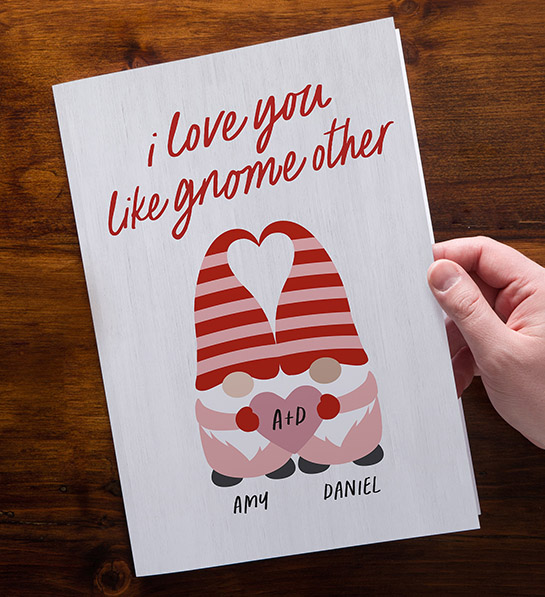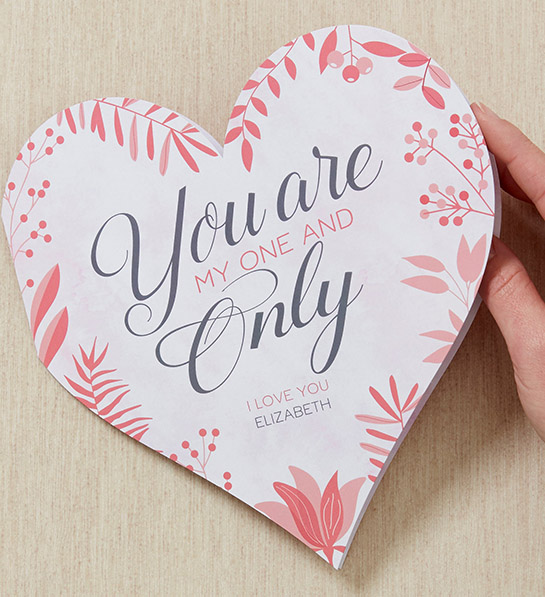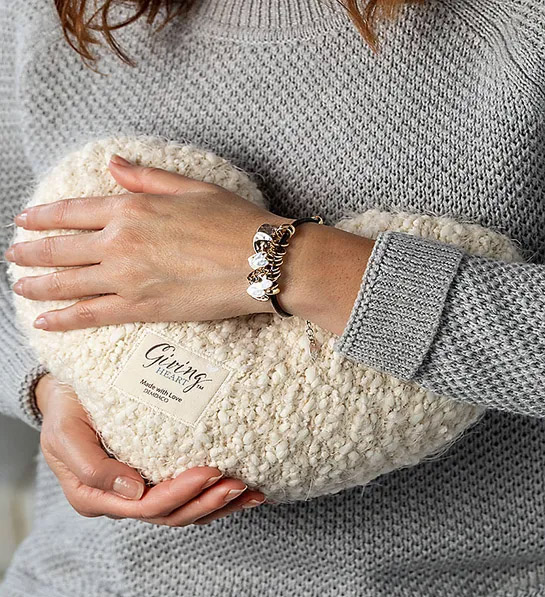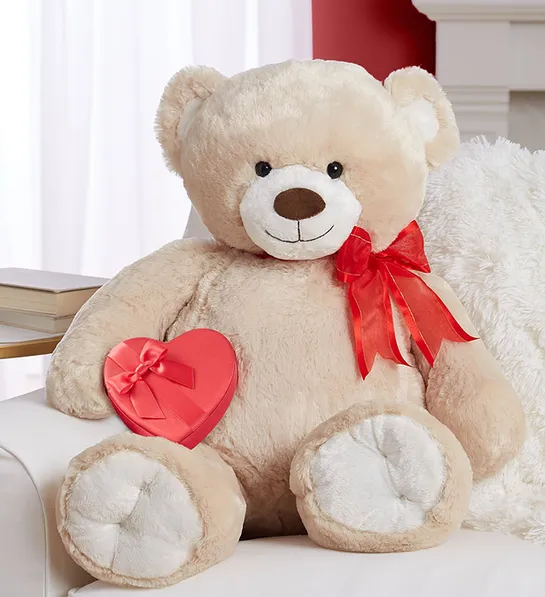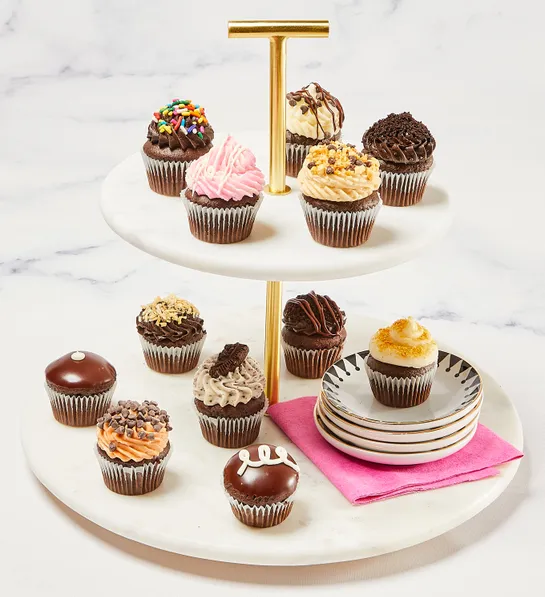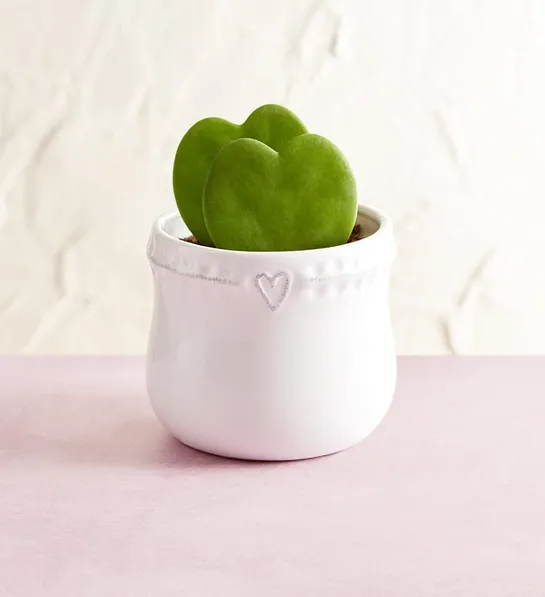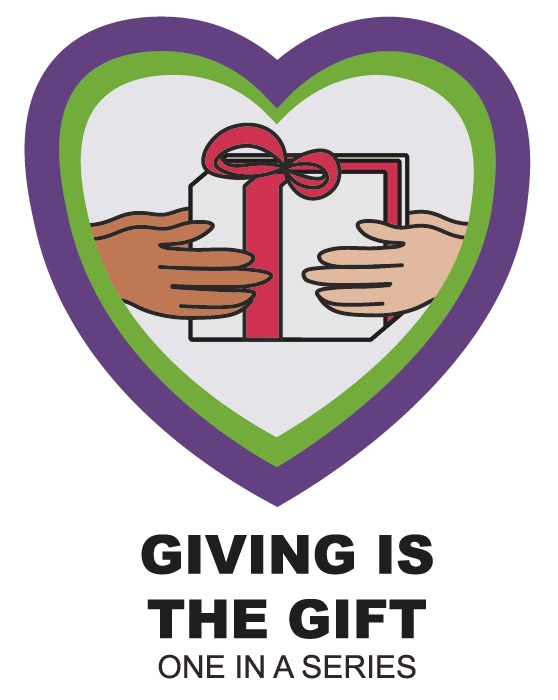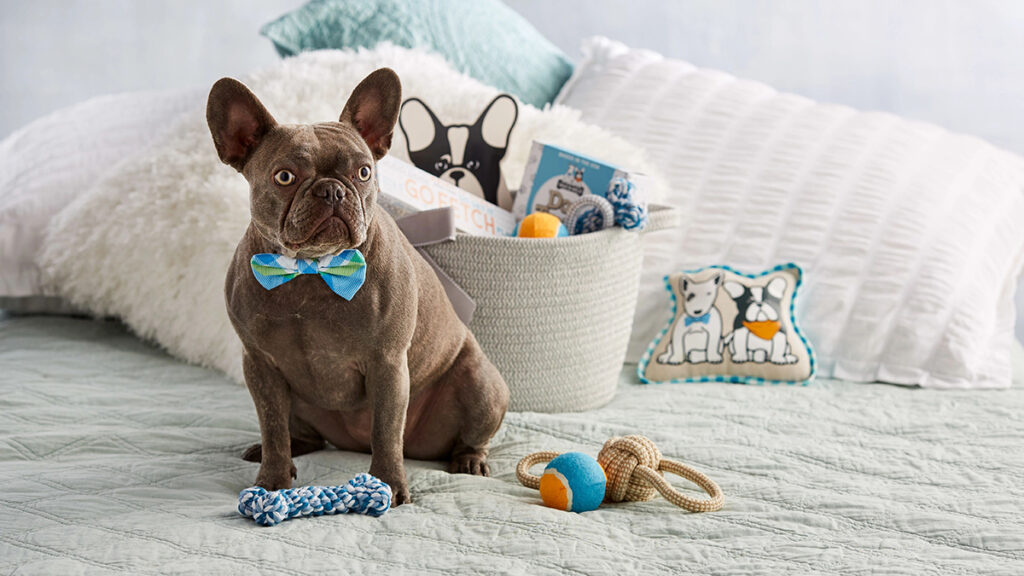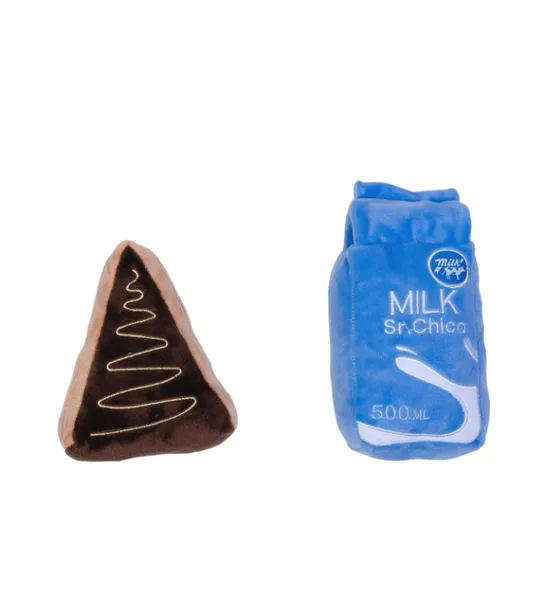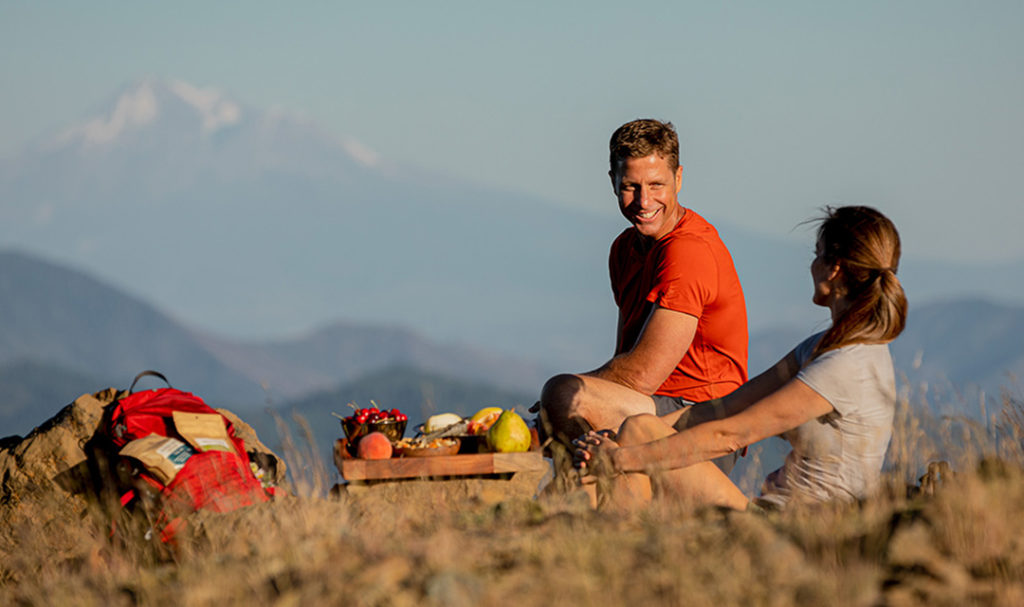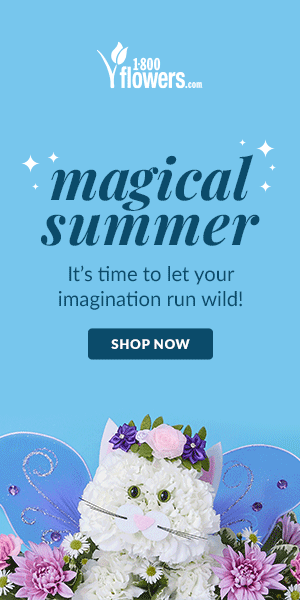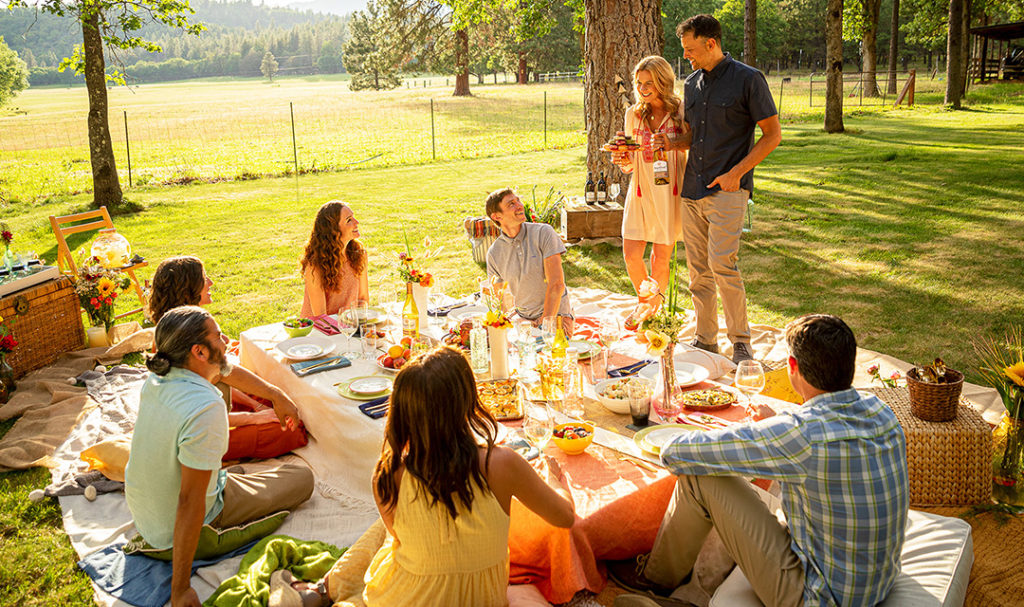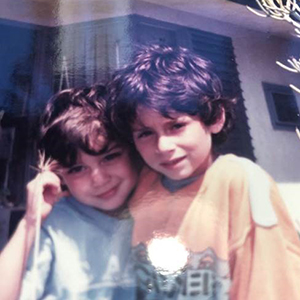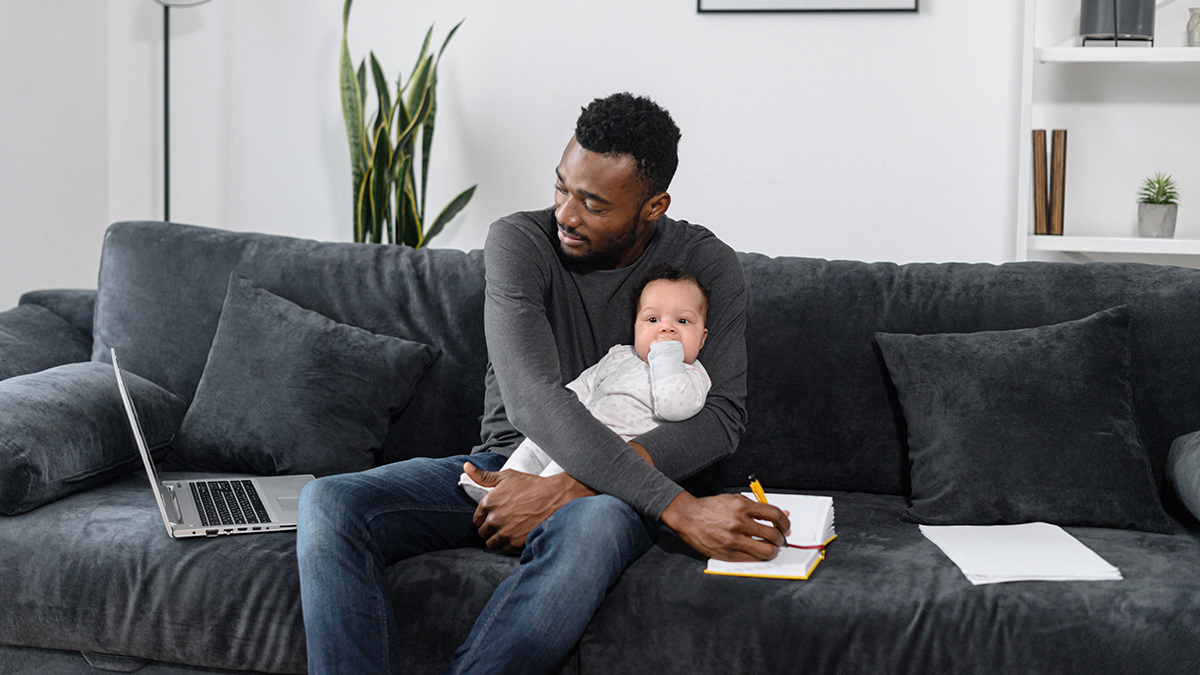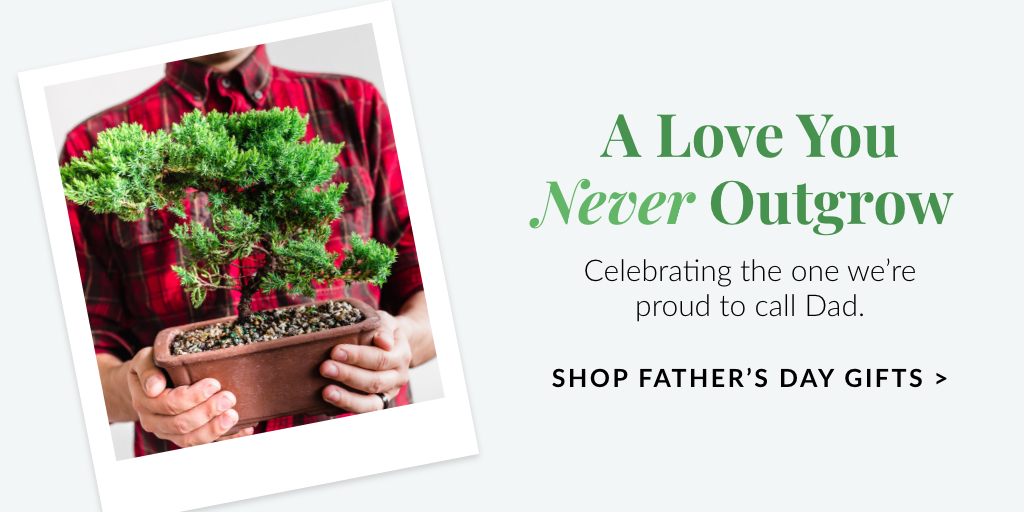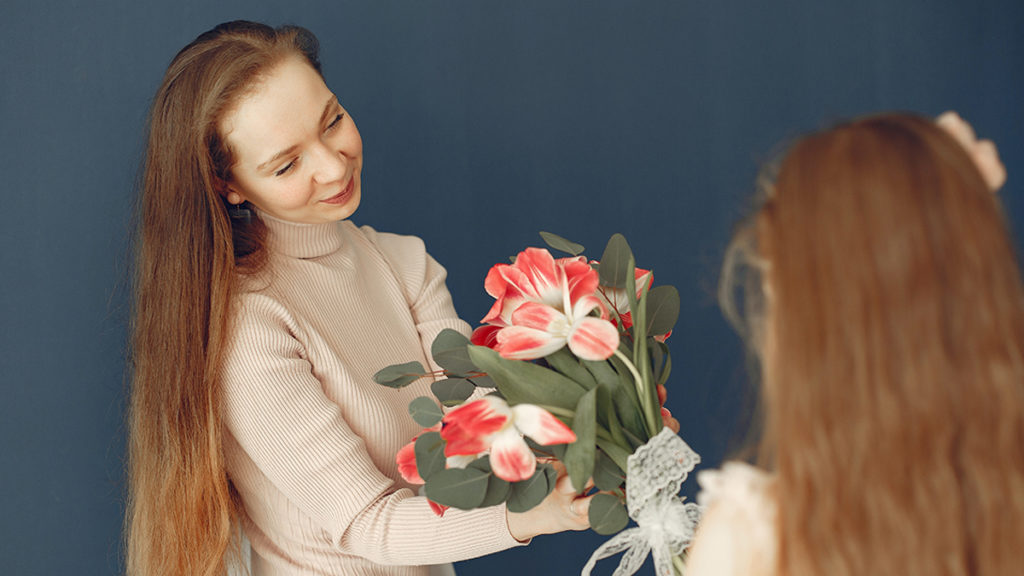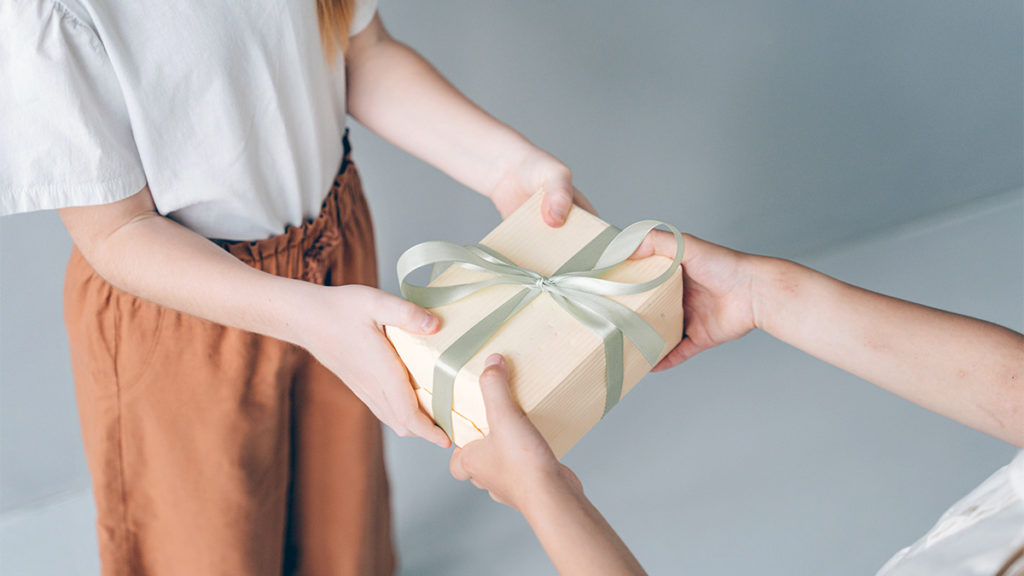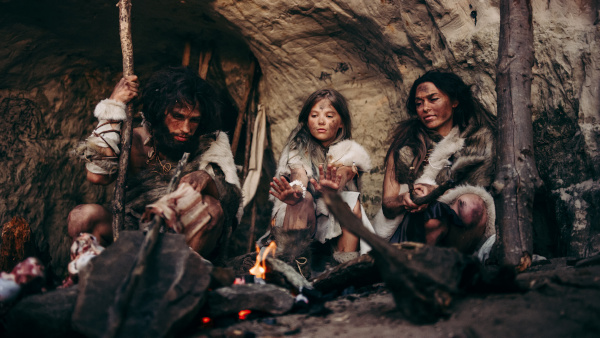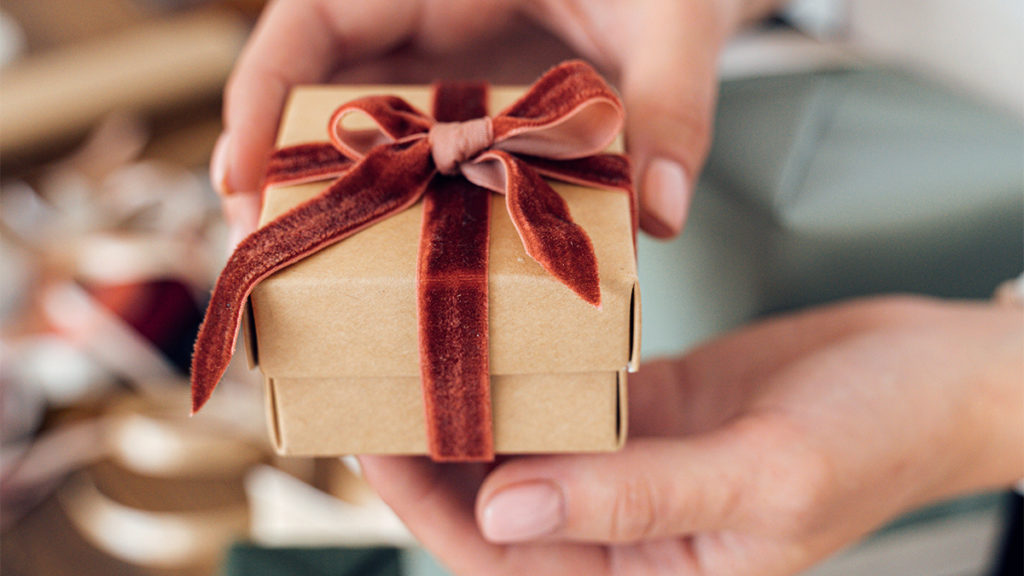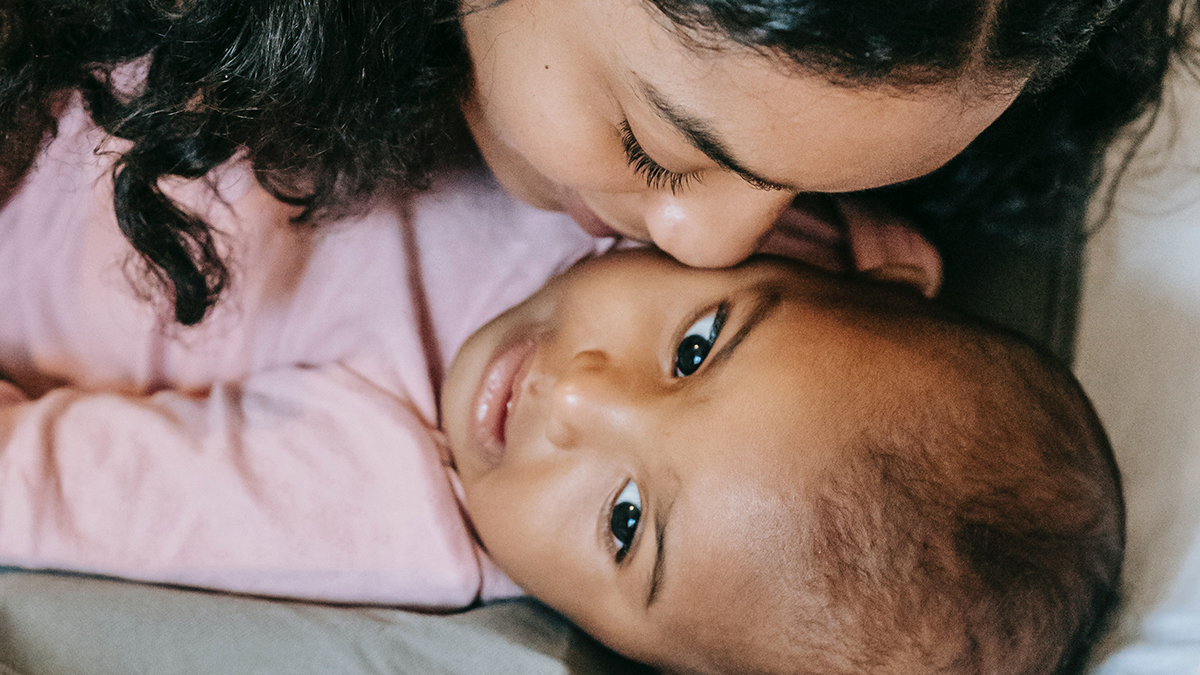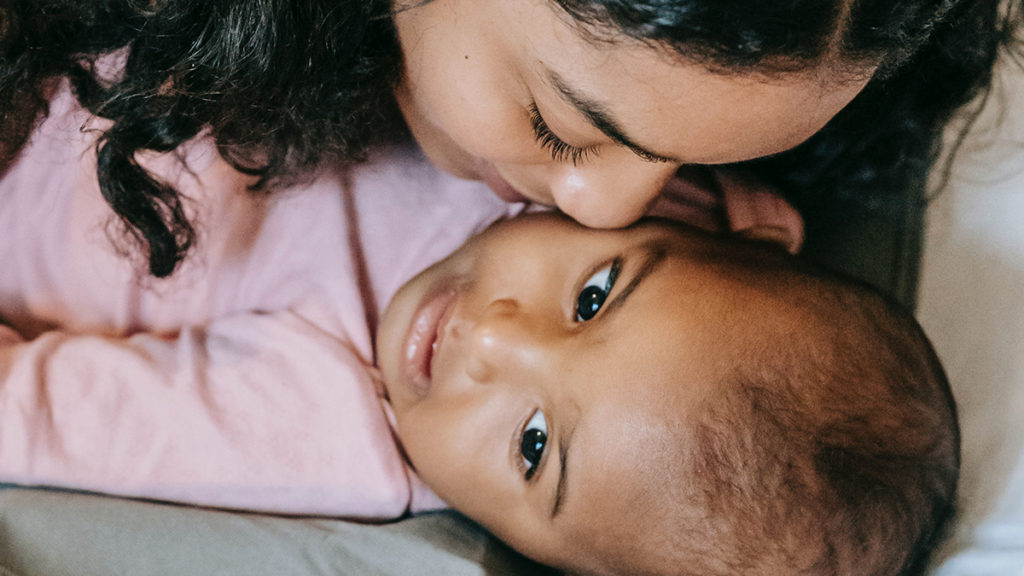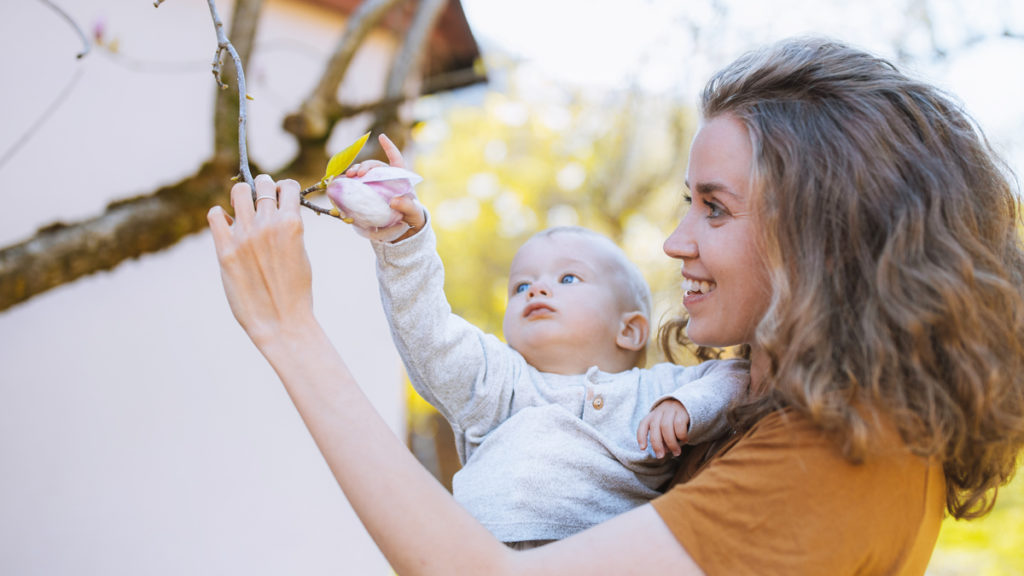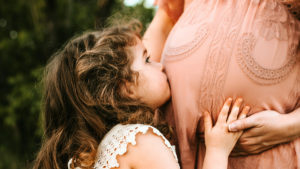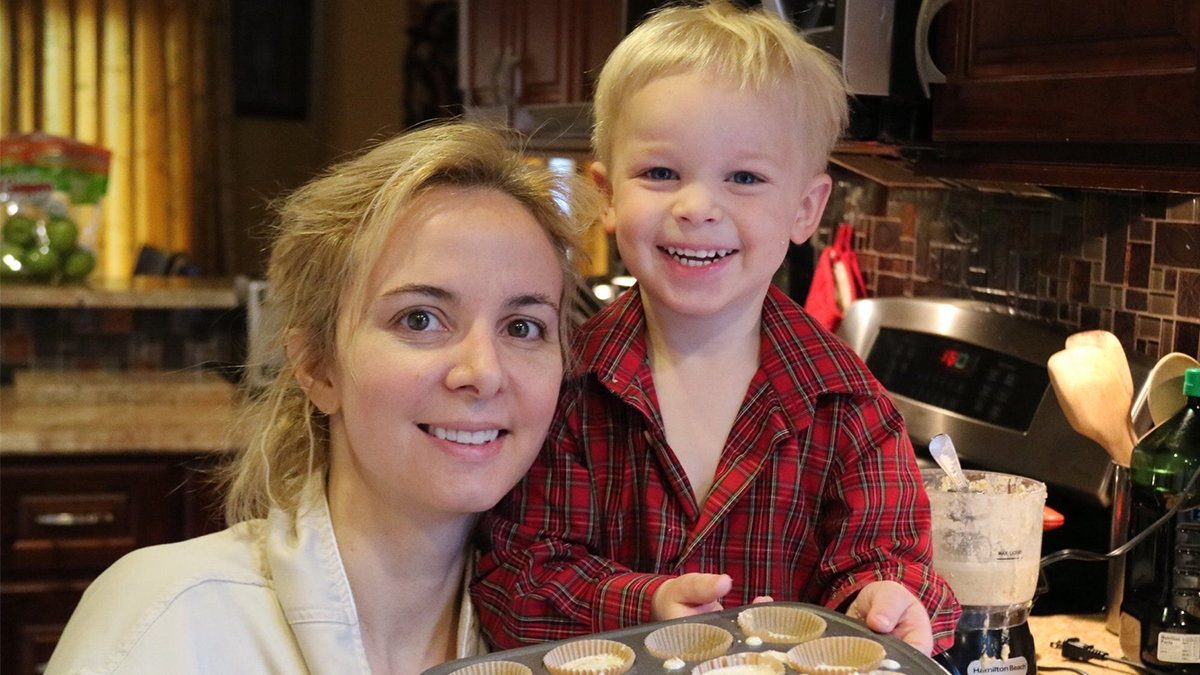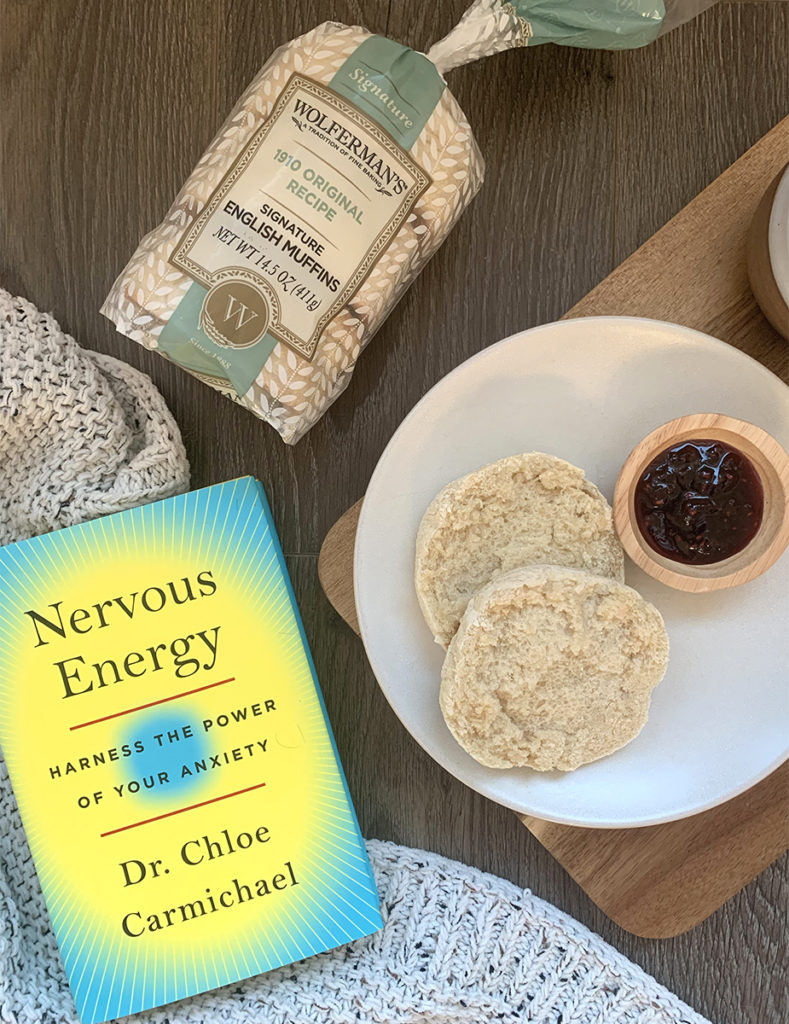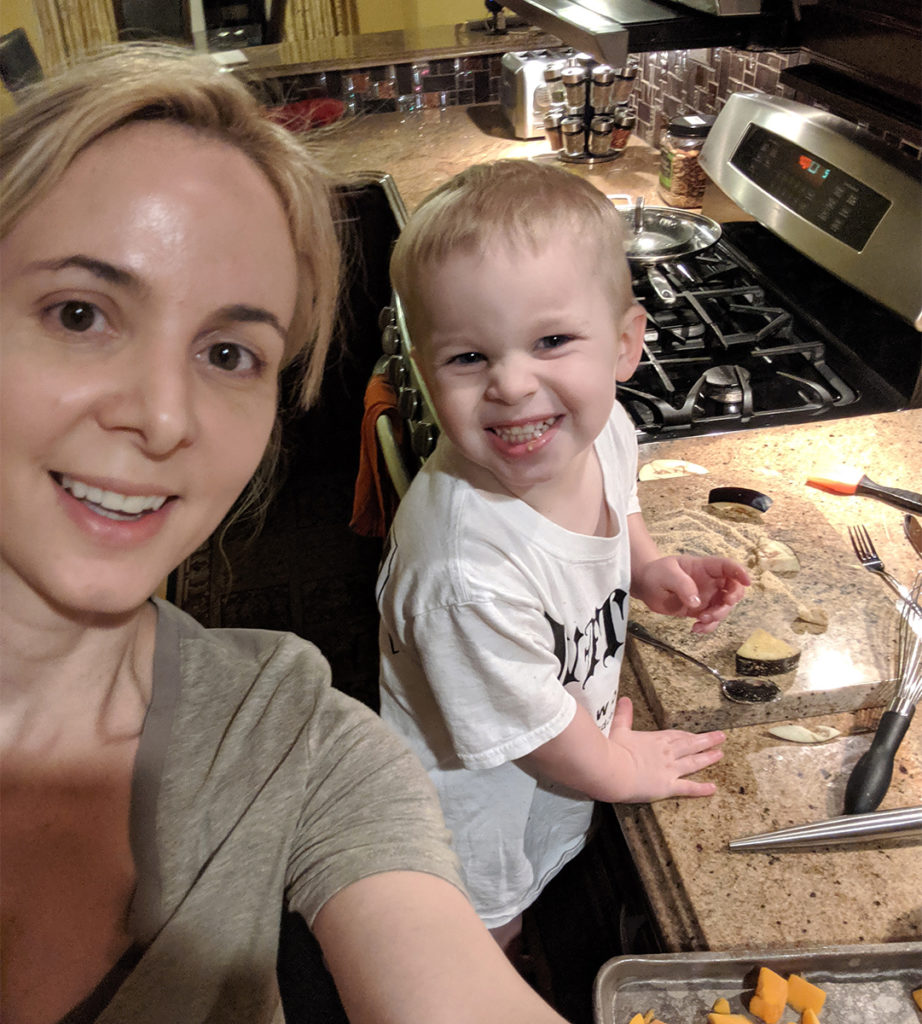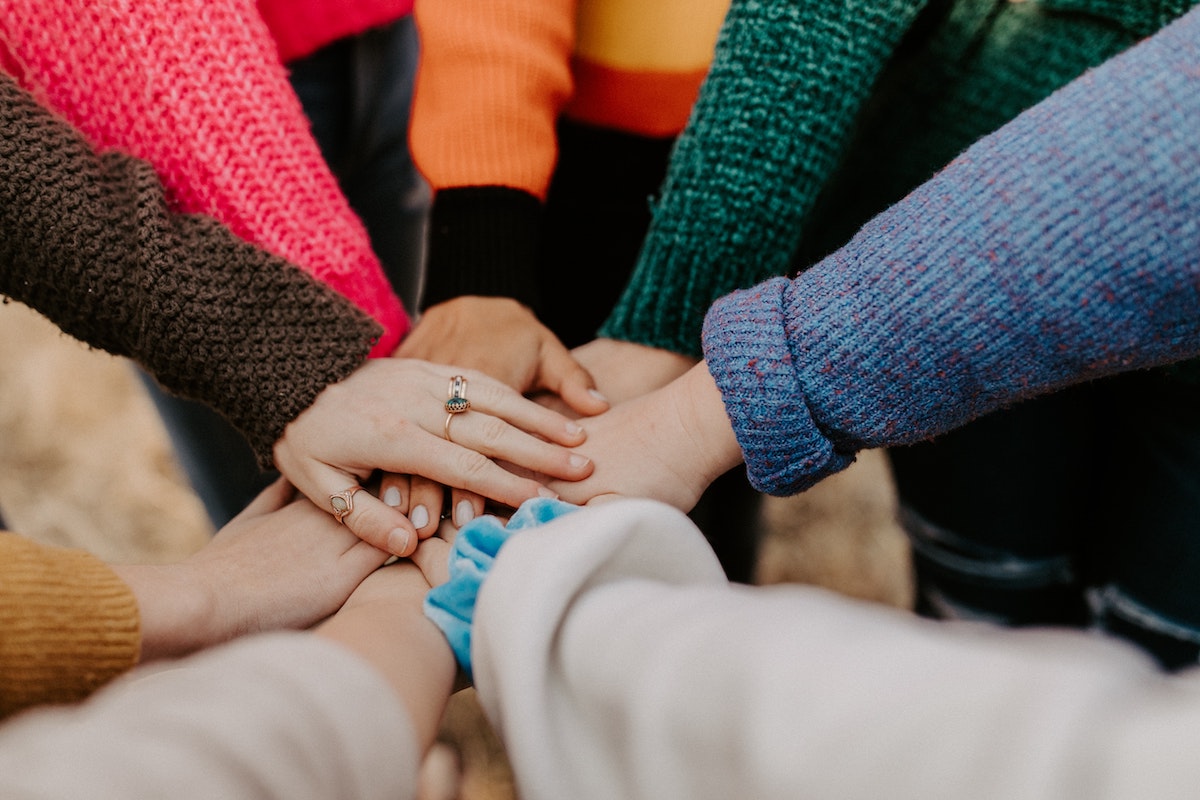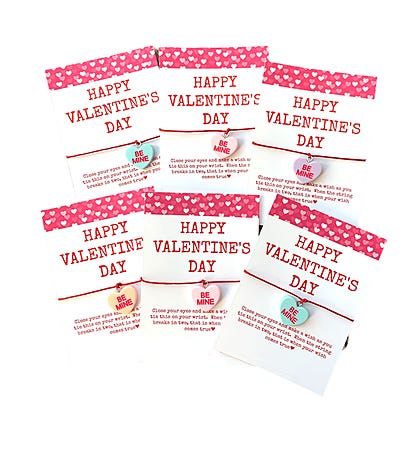Valentine’s Day wasn’t always limited to celebrating romantic love. In fact, experts say St. Valentine himself had an expansive definition of love and how it can be shared.
Increasingly, people recognize that Feb. 14 isn’t just about celebrating your significant other. It’s also an opportunity to celebrate moms, dads, grandparents, kids, stepkids, friends, and even your fourth-grade teacher who still emails you about her favorite class-time memories.
But this shift raises a question: As traditional Valentine’s Day morphs into a Valentine’s Day for all, what do we give to one another to express our feelings? We spoke to experts for advice.
Start with a card
The simplest form of expression is a greeting card that conveys, in your own writing, your feelings for the recipient.
“Giving a card is a must because what we write in the card is particularly important,” says writer/artist Deanna Washington, author of “The Language of Gifts.” “It’s a way to express what we specifically appreciate about the people in our lives.”
For example, she says, you could give everyone in your office Valentine’s Day cards to call out exactly what you like about them. Messages could include:
- “Hey, I dig how cheerful you are on Mondays. Mondays make me want to be a grouch, but your attitude really makes things better.”
- “I just want you to know that I notice YOU are the one who makes coffee when the pot is empty. Thank you!”
- “I appreciate that you always have ideas even when no one else does.”
Don’t forget the gift
Gifts, like cards, should be personalized. She prefers to give people Valentine’s Day flowers or other gifts that represent the recipient or symbolize the relationship.
“Gifts should be more symbolic on this day, to represent just what that person means to you,” she says. “’My friend, I’m giving you this daisy because the open face of this flower is its true glory, and your open honesty is what I can always count on from you.’ Or to a beloved aunt: ‘I’m giving you chocolates because you bring such richness into my life.'”
Gifts shouldn’t be too extravagant, says Mark Williams, Ph.D., professor of cognitive neuroscience at Macquarie University in Sydney. Instead, they should make everyone feel like they can get involved without too much strain on the pocketbook. And, most important, they should show you’ve really thought about the person and given them something special to them.
“Personalized socks or boxers with a picture of their face or their dog is a possibility,” says Julie Kenney, founder and president of The Gifting Experts, a company that creates gift bags for celebrity and charity events. “Or even personalized jewelry or cookies. You can also give them the gift of an experience that you know they’ll love.”
Consider giving the gift of time
Along those lines, says Ellen Langer, Ph.D., a psychology professor at Harvard, you don’t technically have to get a gift at all. “Instead of buying things to show your affection, why not just do special things for people you care about?” she says.
Williams agrees that the greatest gift we can give someone is our time — especially just spending time with them. “I think creating a meal, like at Thanksgiving or Christmas, where we all sit and eat together, would be an especially important new tradition.”
Valentine’s Day gifts for all shopping guide
Here are other ideas for Valentine’s Day gifts for everyone on your list.
For mom
Wait, is it Mother’s Day already? Give mom that flower delivery moment when she receives her favorite floral arrangement. Mother’s Day may come just once a year, but you can create another opportunity to say you love her with flowers, such as this Straight from the Heart arrangement, on this day of love.
For dad
You’ve caused the man enough stress in his life; now get him something that will help him decompress and relax. This nifty-looking decanter comes in four distinct styles, and will house his favorite whiskey, scotch, brandy, or another liquor of his choice. If you’re lucky, he may even pour you a glass from it (but don’t count on it).
For young kids
Your little ones are going to be seriously excited when they receive a plush bear that can include a heart-shaped box of chocolates. Great for naps, reading, and imaginative play.
For older kids
Your tweens, teens, and college-aged kids may have graduated from chicken fingers, but it will be hard for them to ever resist something sweet. Gift them a dozen Little Whisk Chocolate Lover’s Mini Cupcakes that come in 12 totally unique flavors, including chocolate peppermint, toasted coconut, and s’mores.
For friends
Two peas in a pod, or is it two Hoya Hearts Succulents in a container embossed with a heart? Plants are having a moment, as they’re easy to care for and beautiful — a gift that is an apt metaphor for your friendship.
For someone special
Give double the sweetness with both Godiva chocolates and chocolate-covered strawberries in a heart-shaped box. Your loved one will be overjoyed by the thoughtful gesture. Buy two and share!

